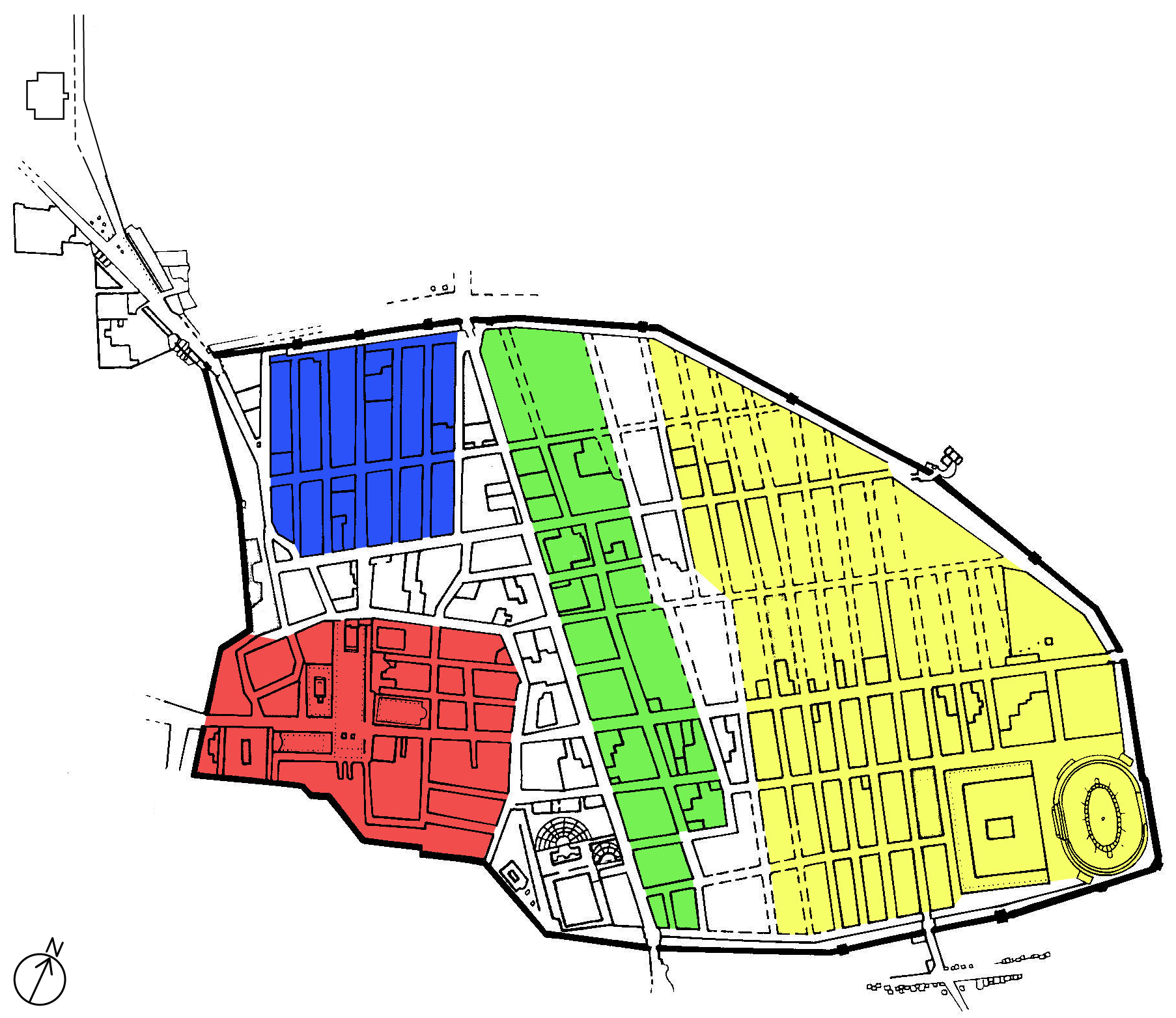|
Pompeii
Pompeii was an ancient city in what is now the ''comune'' (municipality) of Pompei, near Naples, in the Campania region of Italy. Along with Herculaneum, Stabiae, and Villa Boscoreale, many surrounding villas, the city was buried under of volcanic ash and pumice in the eruption of Mount Vesuvius in 79 AD. Largely preserved under the ash, Pompeii offers a unique snapshot of Culture of ancient Rome, Roman life, frozen at the moment it was buried, as well as insight into ancient urban planning. It was a wealthy town of 10,000 to 20,000 residents at the time it was destroyed. It hosted many fine public buildings and luxurious private houses with lavish decorations, furnishings and artworks, which were the main attractions for early excavators; subsequent excavations have found hundreds of private homes and businesses reflecting various architectural styles and social classes, as well as numerous public buildings. Organic remains, including wooden objects and human bodies, were in ... [...More Info...] [...Related Items...] OR: [Wikipedia] [Google] [Baidu] |
Mount Vesuvius
Mount Vesuvius ( ; it, Vesuvio ; nap, 'O Vesuvio , also or ; la, Vesuvius , also , or ) is a somma-stratovolcano located on the Gulf of Naples in Campania, Italy, about east of Naples and a short distance from the shore. It is one of several volcanoes forming the Campanian volcanic arc. Vesuvius consists of a large cone partially encircled by the steep rim of a summit caldera, resulting from the collapse of an earlier, much higher structure. The eruption of Mount Vesuvius in AD 79 destroyed the Roman cities of Pompeii, Herculaneum, Oplontis, Stabiae, and several other settlements. The eruption ejected a cloud of stones, ashes and volcanic gases to a height of , erupting molten rock and pulverized pumice at the rate of per second. More than 1,000 people are thought to have died in the eruption, though the exact toll is unknown. The only surviving eyewitness account of the event consists of two letters by Pliny the Younger to the historian Tacitus. Vesuvius has ... [...More Info...] [...Related Items...] OR: [Wikipedia] [Google] [Baidu] |

